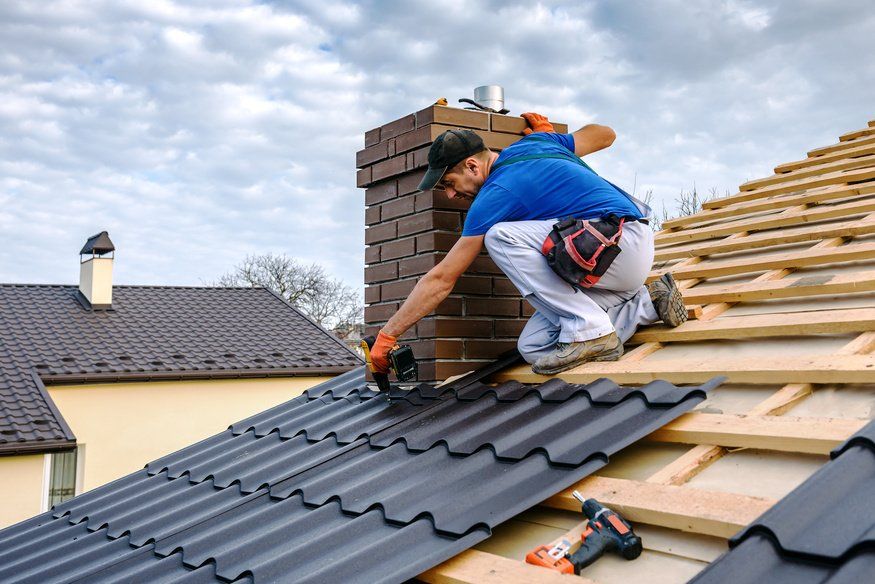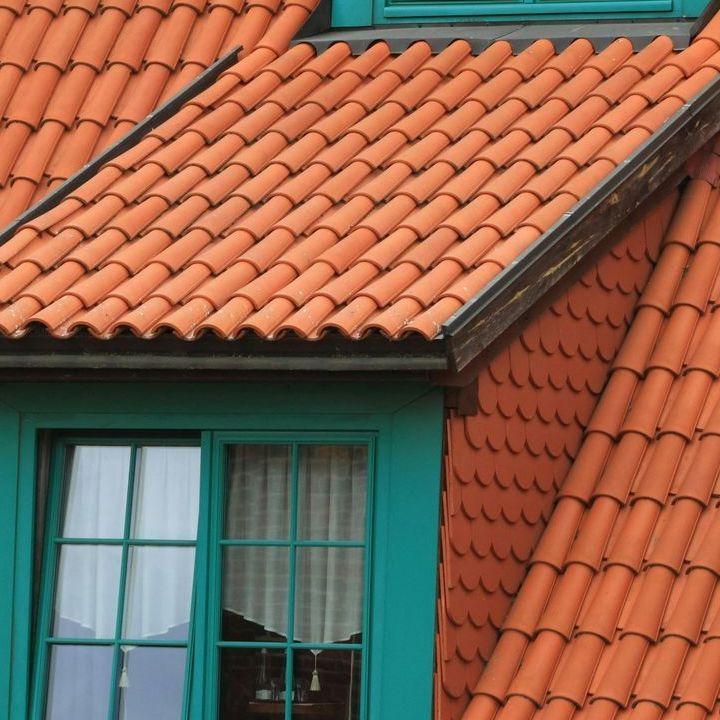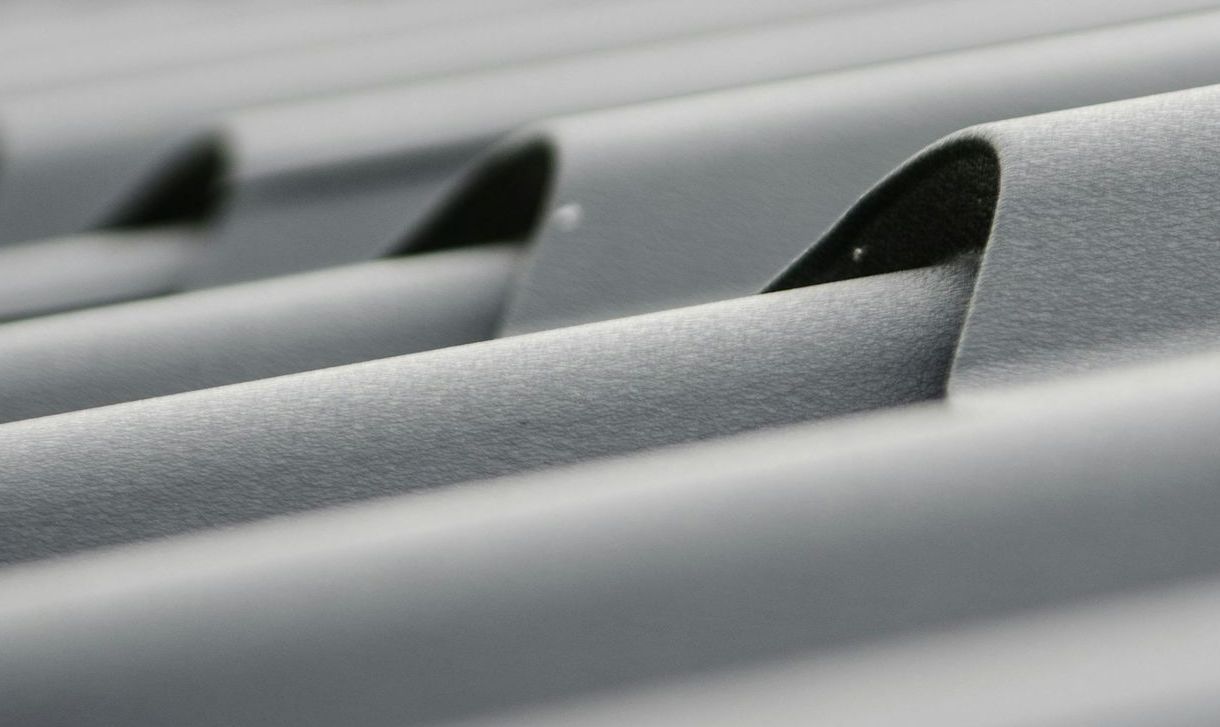By Admin
•
May 6, 2024
If you are planning to have a steel roof installed on your home, there are some important things you should know. These tips can help you to avoid any problems, which can arise in the future. Shingles were the most important roofing material in Australia during the 19th century. Roofing materials have a long history. They can be dated back to at least 10,000 BC. There are several different types, each with its characteristics and benefits. Some roofing materials are natural, while others are manufactured. Choosing the right material can help improve the appearance of your home and increase its longevity. In the early nineteenth century, shingles were the most common roof material used in Australia. During this time, these tiles were primarily made from eucalyptus and casuarina. However, they were made from a variety of timbers. This made them versatile and easy to replace. Slate and clay were also popular roofing materials. These materials were imported from Europe and Wales. Thatch, a grass tree, was also commonly used. Thatch was cheap and durable. It had insulating properties, which helped keep the houses warm. During the nineteenth century, the construction of large buildings encouraged the development of metal roofing. Sheet metal was light and easily transported. During the 1830s, British firms began investigating sheet metal roofing. Ultimately, zinc-coated iron flat tiles were developed. The metal was fireproof and could be easily applied by unskilled labour. Slate and clay tiles were also widely used in Australia. A variety of slates were produced in eight different sizes. Decorative patterns were often produced by using slates with curved or pointed ends. Galvanised corrugated iron became the most widely used roofing material. During the nineteenth century, the most widely used roofing material in Australia was corrugated galvanised iron. This was a wrought iron plate that had been coated with zinc. It was lightweight, easy to erect, and fireproof. The materials were inexpensive and easily transported. Corrugated metal buildings proved to be durable and flexible. They were used for both commercial and residential applications. These materials were particularly useful in hot climates, but they were also well-suited for temperate regions. Corrugated iron was first produced in England in the 1830s. It was then exported across the seas to Australia. Corrugated metal roofs were also used on post offices and train sheds. Corrugated galvanised iron is still used today. While it is not as widespread as it once was, it remains a popular product in some parts of the world. In Australia, it is sold under several trade names. Originally, corrugated metal was used as a basic building material in cities. However, the use of this material spread rapidly during the 1850s gold rush. As the demand for quick construction grew, cheap materials were needed. This led to the development of the flat-pack industry. Corrugated iron made the perfect material for this type of rapid building. COLORBOND(r) is Australia's go-to for commercial and residential roofing. COLORBOND is one of Australia's most popular steel roofing materials. It is durable, lightweight, and offers low maintenance. And its range of colours means you can find a colour to suit your home. Colorbond is manufactured in Australia by BlueScope Steel Limited. BlueScope uses strict manufacturing and testing procedures to ensure the quality of the product. In addition to the durability of COLORBOND, its inbuilt Thermatech(r) technology improves thermal performance. This prevents your home from heating up during the summer and cooling down during the colder months. Roofing made with COLORBOND is also more resistant to fires. The roofing material can be sealed with insulation to prevent embers from escaping and burning your property. COLORBOND is also available in stainless steel-based versions for extreme coastal environments. This material is extremely tough and highly resistant to corrosion, scratches and dents. When selecting a COLORBOND roof, you can choose from a variety of styles, colours and designs. There are also panel, weatherboard and corrugated styles to choose from. Depending on the style of roof you want, COLORBOND can also qualify for a roof insulation concession. Using a Colorbond roof can save you money on engineering costs, and reduce greenhouse gas emissions. Proprietary metal-strip roofing does not need a (structural) deck. Proprietary metal-strip roofing does not require a structural deck. However, a proper inspection of the deck is critical. It is the building owner's or engineer's responsibility to ensure the deck's fitness. A precast concrete deck is typically manufactured as planks or slabs. The deck should be prepared according to the manufacturer's recommendations. In addition, the deck must be allowed to dry. Decks should be installed by an applicator approved by the deck manufacturer. They must have a minimum compressive strength of 125 psi. Before re-roofing, the deck should be cured. If the deck is wet, allow it to dry for a few days. Once the deck is cured, the roofing system must be applied. When a precast concrete deck is used, the deck must be treated to the manufacturer's specifications. In addition, the manufacturer's representative must complete the final punch list. All application errors must be corrected. A poured-in-place concrete deck must be free from surface erosion. Any exposed steel components must be isolated from waterproofing components. This will help prevent condensation from forming. Metal-strip roofing should be installed at least eight inches from any other roof components. Metal-strip roofing should be installed with sufficient fastening to provide the required resistance. COLORBOND(r)'s Steel is better equipped to stand up to the salt air conditions The COLORBOND(r) range of steel is a durable, lightweight product that has been tested for years in Australian environments. It is a suitable choice for a wide variety of building applications. COLORBOND(r) Steel is available in a wide array of colours. The company has created a palette of 22 colours, which are grouped into two different categories: classic and contemporary. These colours are designed to match all styles. BlueScope's COLORBOND(r) range has undergone extensive testing to ensure they are suitable for the harsh Australian climate. They have been subject to corrosion, durability, application, and exposure testing. COLORBOND(r) Ultra is a special grade of COLORBOND(r) steel designed for the harsh conditions found in Australian weather. It has been designed with a core of 430-grade stainless steel and is reinforced with multiple protective coating layers to help keep water from reaching the steel core. This allows for increased fire protection. COLORBOND(r) Coolmax is another special grade of COLORBOND(r) Steel which is designed to enhance its durability and solar reflectance properties. By reflecting more sunlight, this special steel helps reduce cooling costs. COLORBOND(r) is also designed to offer protection for properties that are near oceans and other marine influences. Whether a property is located in the bush, coastal area, or industrial emissions, the COLORBOND(r) Ultra range is the perfect solution for cladding or roofing. Steep slope metal roofing is less likely to spring a leak. If you are considering a new roof, you may be wondering how best to go about it. You have a multitude of choices including roofing materials and roofing contractors. Your best bet is to consult an expert before making your final selection. To ensure you get a roof that will stand the test of time, you need to take a proactive approach by determining which materials are right for you and your family. Among the numerous options available, metal roofing stands out as the material of choice. This is thanks to its weathertight attributes and longevity. Unlike composite roofing, metal isn't susceptible to damage from hail or high winds. For more information on the best options for your home, visit Metal Roofing Alliance. Choosing the best material for your needs isn't as daunting as it sounds, as long as you choose wisely. While you're at it, don't forget to ask your contractor about their credentials. The best companies can prove their worth with references and past projects. If you can't be bothered to do your homework, you can always look up their credentials on the Better Business Bureau website. Taking a proactive approach can pay dividends in the long run. Keeping metal roofing materials in shape. Keeping metal roofing materials in good shape can be a challenge. Whether you are repairing a roof or constructing a new one, you will need to keep the material clean and rust-free. The best way to do this is by using anti-rust metal roofing materials. Steel and aluminium are the most common types of metal roofing materials. They offer excellent strength, durability and fire resistance. With the right care, a metal roof can last up to three or four decades. Metal roofing is becoming increasingly popular. It is more durable and cost-effective than other types of roofing and is available in a variety of colours. Moreover, they have a reputation for curb appeal. If you are installing a steel roof in Australia, you will want to take proper care of the roofing material. Metal is naturally strong, and it is durable enough to resist damage from water, hail and high winds. However, they need to be treated and cleaned regularly to ensure that they will continue to look good for years to come. To protect your steel roof from rust, you should use an approved underlayment. An underlayment will help to prevent granules from contacting the metal, which could result in rusting. Another precaution is to check your shingles for signs of leaks. You should also be sure to maintain your gutters and drains. We hope you enjoyed our blog about steel roof installation. If you would like to learn more about our services, please contact us anytime at 03 6144 4033 . Thank you for taking the time to read our blog, we are always excited when one of our posts can provide useful information on a topic like this!



